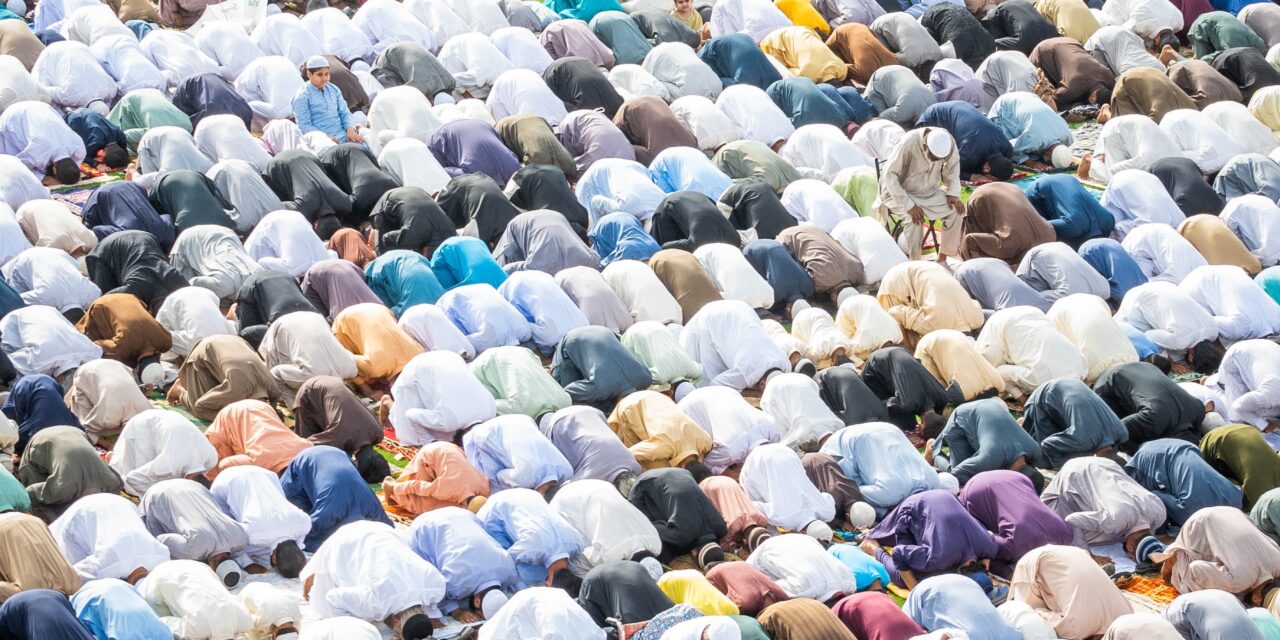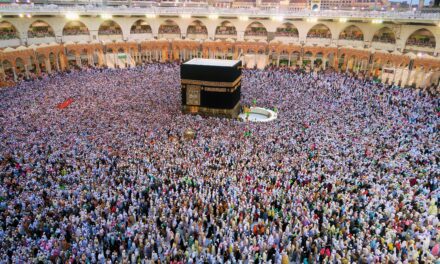The Hajj pilgrimage is one of the five pillars of Islam and is considered to be one of the greatest acts of worship in the religion. It is an annual event that takes place during the Islamic month of Dhu al-Hijjah and is a journey to the sacred city of Mecca in Saudi Arabia. The Hajj is a journey of self-reflection and devotion and is an opportunity for Muslims to purify their hearts and seek forgiveness from Allah.
The history of the Hajj pilgrimage can be traced back to the time of Prophet Abraham, who is considered to be the father of the monotheistic religions. According to Islamic tradition, Prophet Abraham and his wife Hagar were directed by Allah to leave their son Ishmael and his mother in the desert near Mecca. When they ran out of food and water, Hagar is said to have run back and forth between two hills, searching for help. It was during this time that the well of Zamzam appeared and provided water for Hagar and her son.
Years later, Prophet Abraham received a vision from Allah to build the Kaaba, which is considered to be the holiest site in Islam. The Kaaba is a cube-shaped structure that is located in the center of the Grand Mosque in Mecca and is considered to be the first house of worship built for the worship of Allah.
The Hajj pilgrimage has been a significant event for Muslims for over a thousand years, and it is a demonstration of the unity of the Muslim community. Muslims from all over the world come together in Mecca to perform the same rituals, regardless of their cultural, ethnic, or linguistic backgrounds. The Hajj is a symbol of the equality of all believers in the eyes of Allah and serves as a reminder of the importance of unity and brotherhood in the Muslim community.
The Hajj pilgrimage involves several rituals that are performed over the course of five days. The first day of the Hajj is spent in the city of Mina, where the pilgrim performs the rite of the stoning of the devil, in which they throw pebbles at three pillars symbolizing Satan’s temptations. The second day is spent in the plain of Arafat, where the pilgrim participates in a day of fasting, prayer, and reflection. The third day is spent in the city of Muzdalifa, where the pilgrim collects pebbles for the stoning of the devil and performs the midnight prayer.
On the fourth day, the pilgrim returns to Mina and performs the stoning of the devil for the second time, followed by the sacrifice of an animal, such as a sheep or a goat, as a symbol of their willingness to give up their material possessions for the sake of Allah. The final day of the Hajj is spent in Mecca, where the pilgrim performs the Tawaf, which is seven times circumambulation of the Kaaba, and the Sa’i, which is seven times walking between the hills of Safa and Marwa.
In conclusion, the Hajj pilgrimage is a significant event in the Islamic calendar and holds immense spiritual and cultural importance for Muslims. It is a journey of self-reflection, devotion, and unity that serves as a reminder of the importance of humility and submission to Allah. The Hajj pilgrimage provides an opportunity for Muslims to purify their hearts and seek forgiveness from Allah, and it is a demonstration of the unity and equality of the Muslim community. The Hajj is a symbol of the Islamic faith and serves as a reminder of the steadfast commitment of Muslims to their beliefs and the worship of Allah


